Living in a city founded in 1886, a former gold rush town where changes take place swiftly, we at Johannesburg In Your Pocket love to celebrate the special things about the city that defy this trend. So whether it's the Kwa Mai Mai Market in the City Centre (established sometime before 1930) or the antique fair, we are equal opportunity cheerleaders.
To mark 24 years of the Nelson Mandela Square Antique Fair, we recently visited (July 2024) on a Sunday morning, and were quite charmed by the experience.
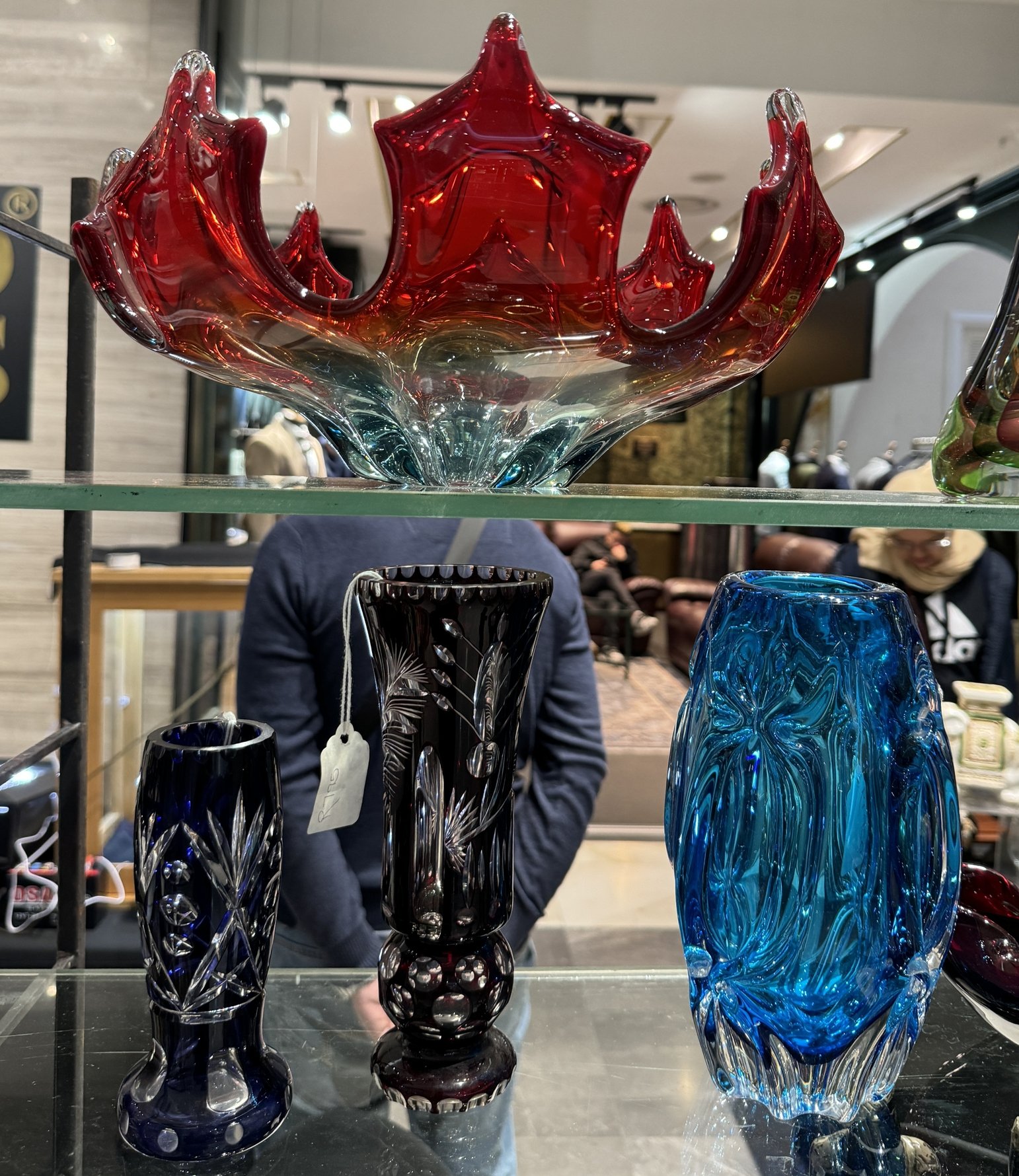
The fair starts on the ground floor of Nelson Mandela Square and, up the escalators, extends along the corridors of the first floor. The tables heave with objects, and it really is a browser's delight. No one will rush you as everyone is doing much the same; searching for something specific, or anything that catches the eye.
We saw fine ceramics, dazzling glassware, smiling porcelain figures of Buddha, silverware, tea sets that make you long for a garden party, snuff boxes, antique cameras, and historic coin and banknote collections. In particular, we loved looking at the antique toys and found a Coca-Cola transistor radio from the 1950s that was in perfect working condition. A dealer specialising in vintage clothing had an incredible array of shoes and handbags that could have been props for The Devil Wears Prada. The jewellery selection was superb, from crystal necklaces to delicate and intricate marcasite brooches and neck pendants, rings galore, as well as Victorian and Art Deco pieces.
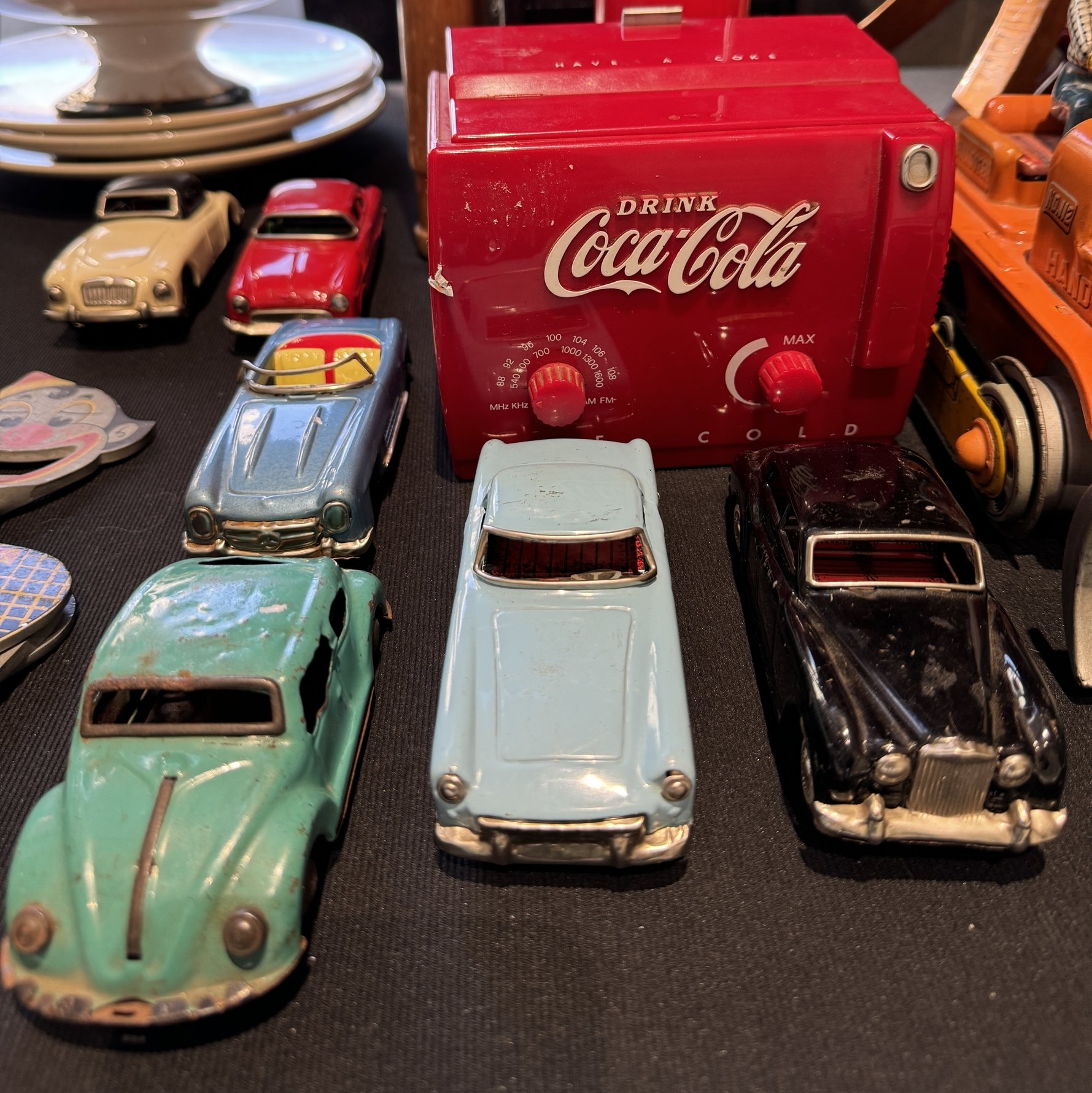
The Nelson Mandela Square Antique Fair is headed up by the irrepressible Clyde Terry of Clyde's Antiques, a confessed Moorcroft addict, or more politely, collector. Known for its lavishly decorated earthenware, Moorcroft was a British art pottery manufacturer founded by William Moorcroft in 1913.
A number of the dealers at the fair have been part of it since the start, and Terry points out that a few dealers are now in their second generation, while over the past two years, around 10 new dealers have joined. The collection of knowledge about so many things is quite astounding, and one of the most enjoyable parts of visiting the fair is the opportunity to engage with people who are truly passionate about the objects that surround them.
A fun fact is that Terry says he can identify any of the close to 46 dealers at the fair by just looking at their table displays. "Each one has a signature of what they deal in and how they display it," he tells us.
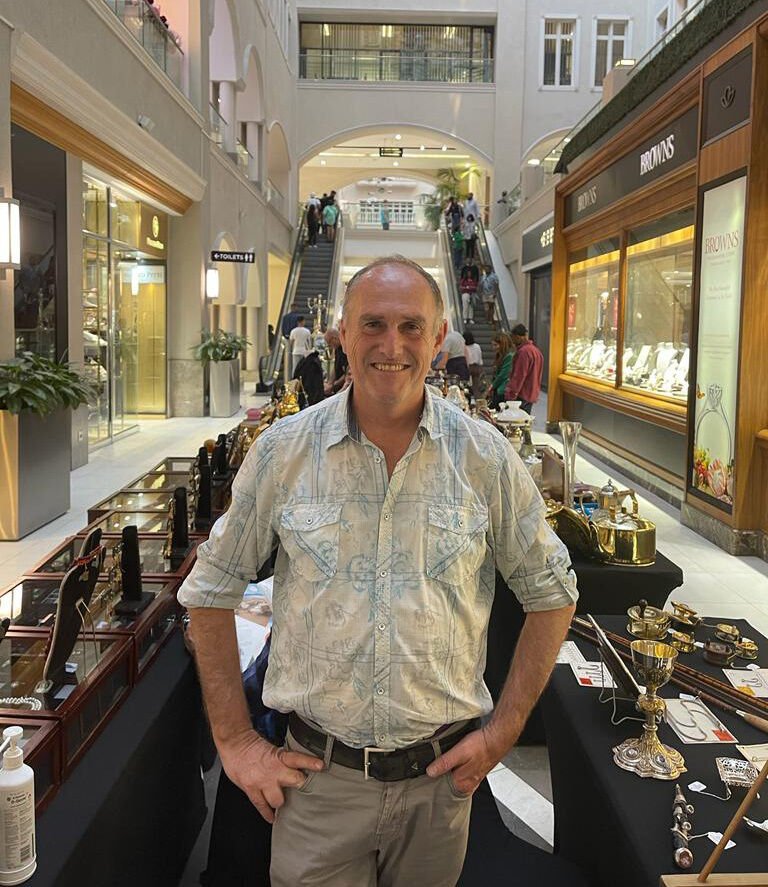
Personal interest, nostalgia, investment, preservation, learning, and even social connections are the reasons people collect things. Regardless of the reason, there's definitely a thrill to the hunt and the securing of pieces that add to a collection, much like filling in the spaces of a puzzle whose frame has been completed.
How does one become an antique dealer? It usually starts with your own collection. What begins as a small purchase or perhaps even as a gift can become a lifelong obsession. Over time, this writer has known collectors of all sorts, including those of vintage cars and vintage toys, art, sculpture, Japanese lucky cats, Lego, Nike special editions, statues of Buddha, Zulu headrests, and Zanzibari doors.
Terry mentions that in England there is currently a campaign in the trade focusing on young dealers. One of the dealers at Nelson Mandela Square has an eight-year-old son who has started to collect Royal Doulton figures. It starts with just one.
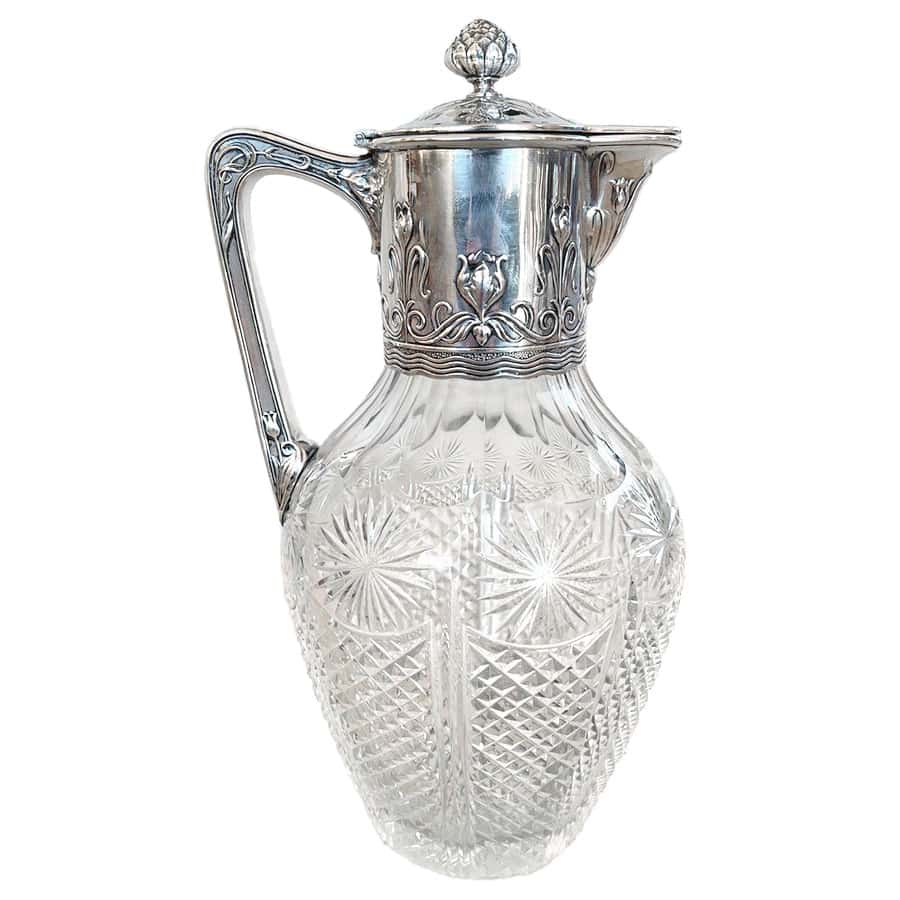
The most unusual thing Terry was asked for by a collector? Yoyos. An Australian collector was on the hunt for a gold yoyo originally issued by Coca-Cola. More recently, he says, he never thought he would be collecting lighters, which have become popular again.
Terry is a maven on all things antique. He says antique collecting is exceptionally fashion-driven, so dealers watch the trends in England and the U.S. to see what's coming next. Of course, there are also local variations. Interestingly, Netflix's Bridgerton sparked a desire in many for Royal Albert tea sets and other items suited to a Victorian high life. Like anything, value is determined by demand. As demand rises, so the rarer items become even more valuable.
In 2021, an original Apple-1 computer sold for $400,000. Makes you think about our throwaway culture and what might be valuable tomorrow. In 1976, that same computer cost around $666.
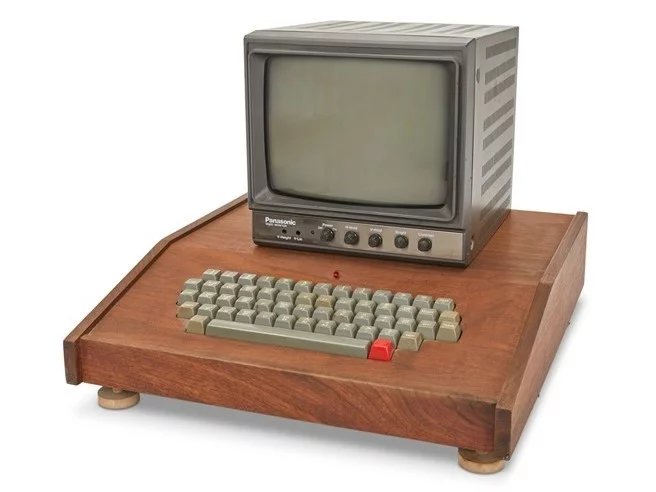
Terry mentions the KLM houses, a collection of 104 Dutch Delft blue miniatures – each a replica of an actual building – produced by the airline. With a new house issued every year for KLM's birthday, these are now much in demand by collectors. The airline hands these out to Business Class passengers travelling on an intercontinental route.
The best part about collecting is that you can start with as little as a few hundred rands or less. In vogue right now, says Terry, is Cape Silver (produced in South Africa from 1700), vesta cases (small decorated boxes to house matches), jewellery, decanters, claret jugs (a wine jug made of glass and silver for claret, which is the British name for French red Bordeaux wine), and Chinese porcelain.
It's telling that, as Terry points out, "Young collectors are looking for utilitarian stuff. We are seeing Royal Albert tea sets being used for the first time in 60 years. The younger generation likes to use these things rather than letting them sit in the cupboard. There is no such thing anymore as high days and holy days."

Each month sees new items being brought to the tables, and of course, if you are looking for something specific, you can connect with a dealer who will take on the search.
Attending the fair with an avowed collector of Art Deco lights and sculpture, we left with a Lorenzl figure (Josef Lorenzl was an Austrian artist who is one of the most recognised sculptors and ceramicists of the Art Deco period) and an appetite to return. A damaged but replaceable plinth made for a great deal.
The Nelson Mandela Square Antique Fair takes place on the first Sunday of the month from Feb – Dec from 10:00 – 16:00.


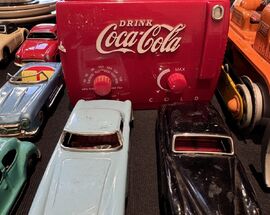
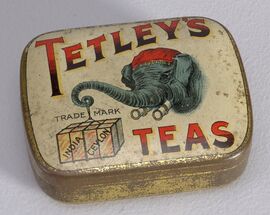
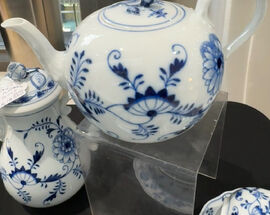


Comments